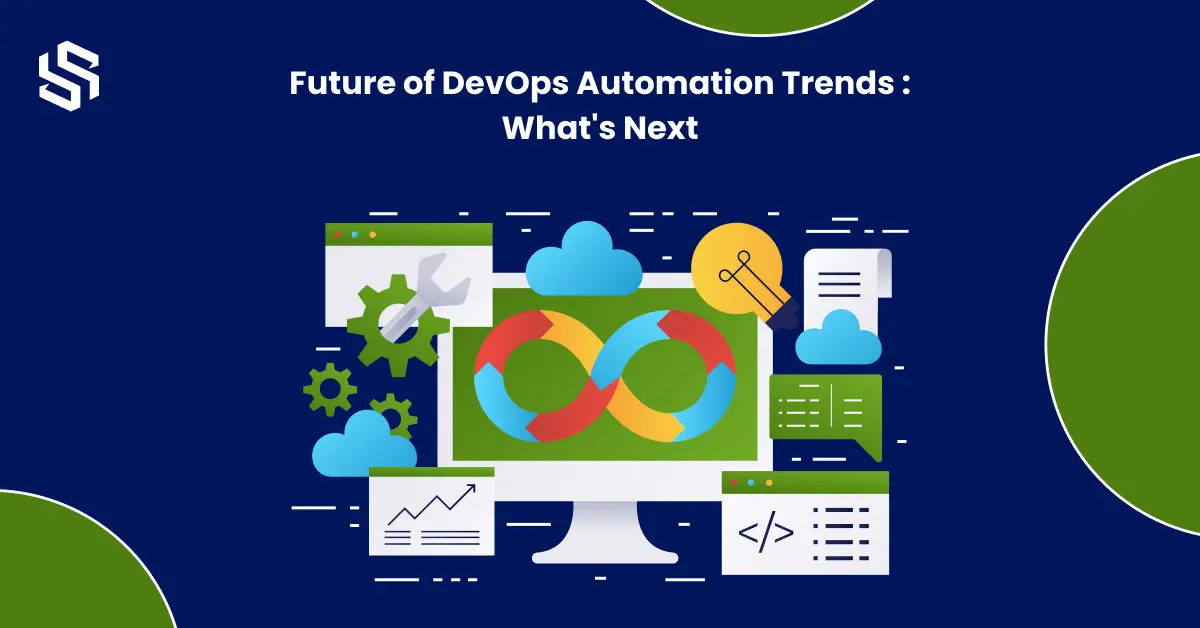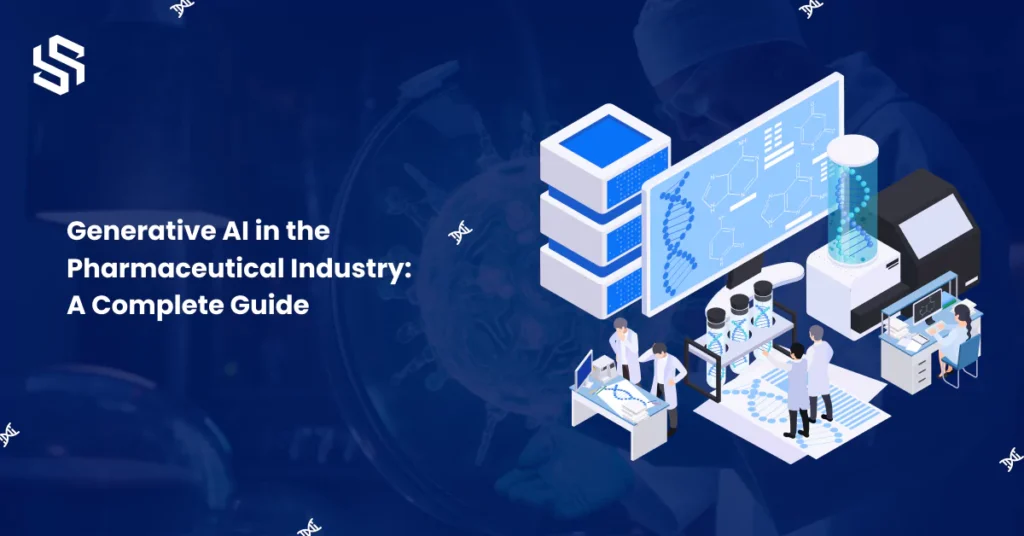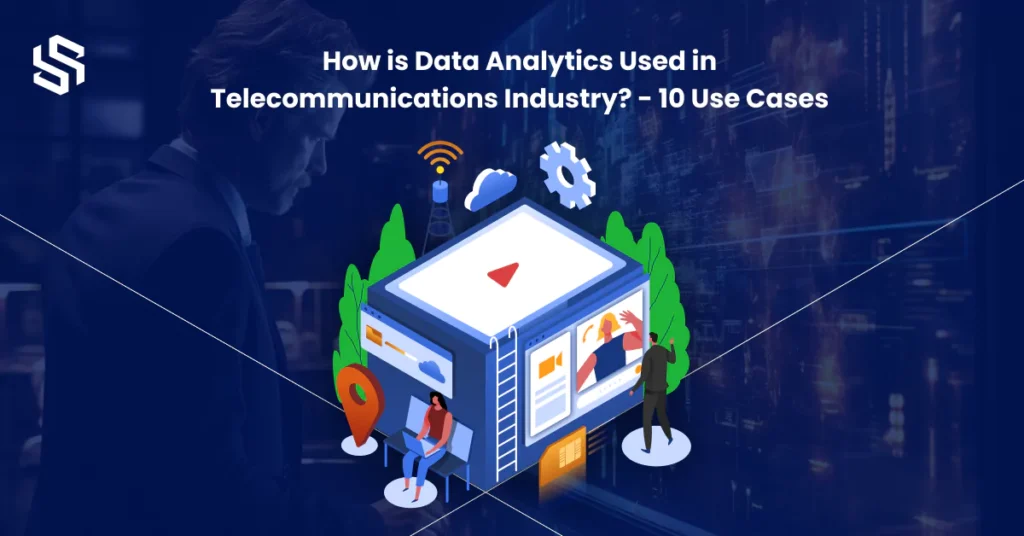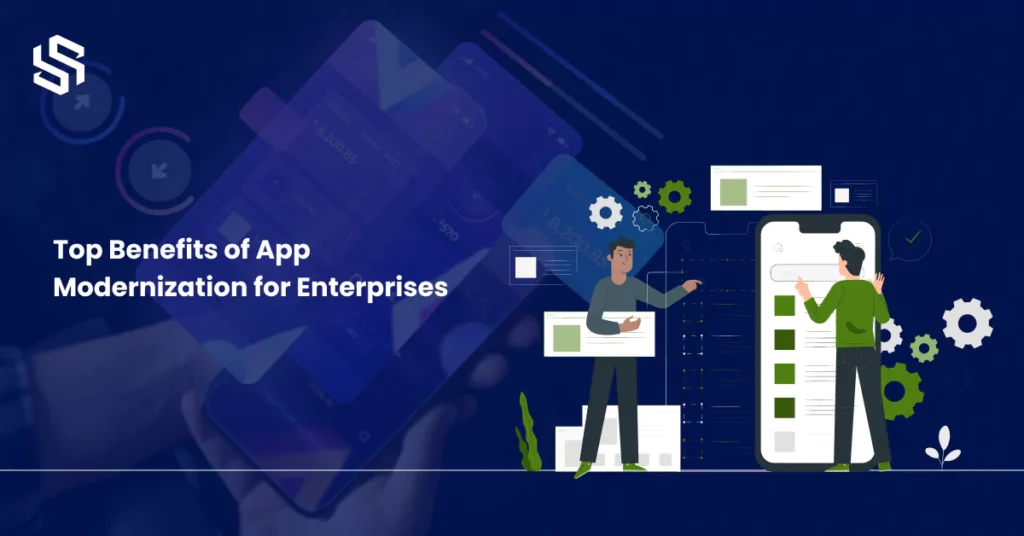The Current State of DevOps Automation
DevOps automation encompasses various tools and practices designed to streamline and accelerate software development and delivery processes. Currently, organizations leverage automation for:- Continuous Integration and Continuous Deployment (CI/CD): Automating the integration and deployment of code changes.
- Infrastructure Management: Using Infrastructure as Code (IaC) to manage and provision infrastructure.
- Monitoring and Logging: Automating the collection and analysis of logs and metrics.
- Testing and QA: Implementing automated testing frameworks for faster feedback.
DevOps Automation Market Research and Trends
- The global DevOps automation tools market is expected to reach US$ 42.98 Bn by 2030, from US$ 8.63 Bn in 2023, at a CAGR of 25.8% during the forecast period.
- North America is expected to be the largest market for DevOps automation tools during the forecast period, accounted for over 33% of the market share in 2023.
- The continuous integration/continuous delivery (CI/CD) tools segment is expected to account for the largest share during the forecast period owing to rising need for continuous software delivery and integration.
- Adoption of Agile and DevOps methodologies is driving the growth of the global DevOps automation tools market. Over 70% of organizations are currently using DevOps principles, which is driving up the use of enabling tools.
Top 9 DevOps Automation Trends for Next Gen.
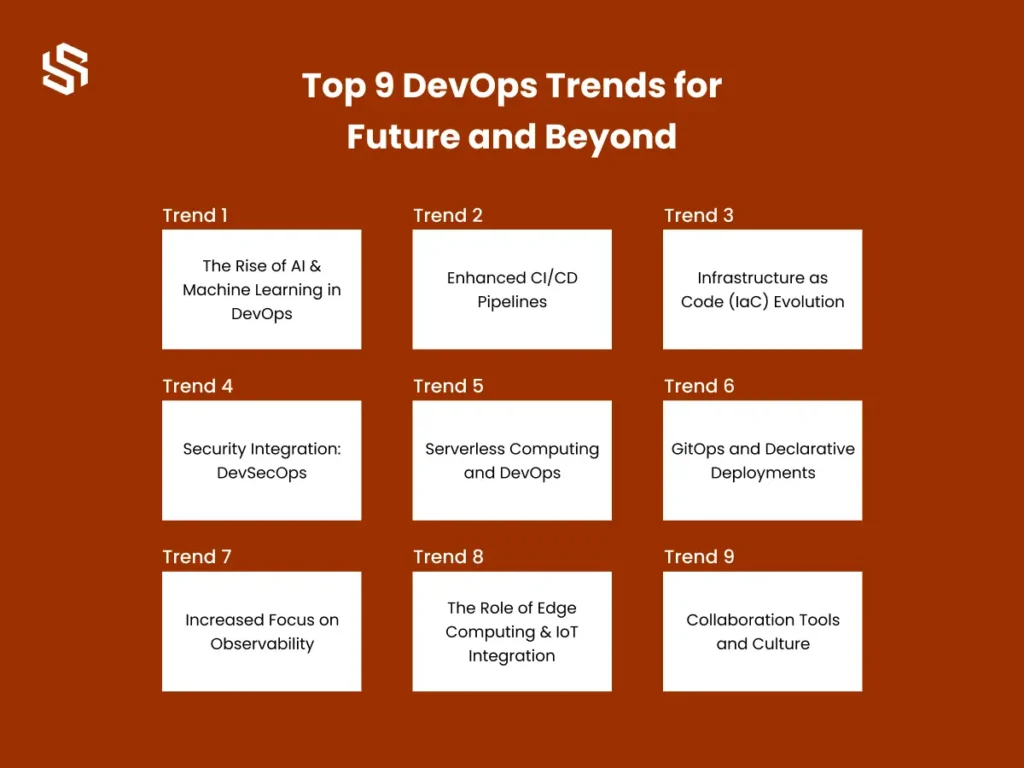
Trend 1. The Rise of AI and Machine Learning in DevOps
Artificial Intelligence (AI) and Machine Learning (ML) are revolutionizing various industries, and DevOps is no exception. These technologies are poised to enhance automation, predictability, and efficiency within DevOps processes.- AI-Driven Insights:
AI and ML algorithms can analyze vast amounts of data generated during software development and deployment, providing valuable insights for optimizing performance and predicting potential issues.
- Automated Issue Detection:
Machine learning models can be trained to detect anomalies and potential failures in real-time, enabling proactive issue resolution and minimizing downtime.
- Intelligent Automation:
AI can automate repetitive tasks, allowing DevOps teams to focus on more strategic activities. This includes automated testing, code reviews, and even infrastructure management.
- Predictive Analytics:
By leveraging historical data, AI can predict future trends, resource requirements, and potential bottlenecks, enabling better planning and resource allocation.
Trend 2. Enhanced CI/CD Pipelines
Continuous Integration and Continuous Deployment (CI/CD) pipelines are the backbone of DevOps. The next five years will see significant enhancements in CI/CD practices, driven by automation and integration with other DevOps tools.- Pipeline as Code:
Treating CI/CD pipelines as code will become more prevalent, enabling version control, reuse, and better collaboration.
- Integration with AI:
AI-driven tools will enhance CI/CD pipelines by optimizing build and deployment processes, reducing failures, and improving speed.
- Improved Testing Automation:
Advances in testing frameworks and tools will further automate and streamline testing processes, ensuring higher quality releases.
- Microservices and Containers:
The adoption of microservices and containerization will drive the need for more sophisticated CI/CD pipelines capable of handling complex, distributed applications.
Trend 3. Infrastructure as Code (IaC) Evolution
Infrastructure as Code (IaC) has transformed how infrastructure is managed, bringing software development practices to infrastructure provisioning and management. The future will see IaC evolve with new tools and best practices.- Advanced IaC Tools:
New and improved IaC tools will emerge, offering better support for multi-cloud environments, advanced templating, and more robust validation mechanisms.
- Policy as Code:
Integrating policy as code with IaC will ensure compliance and governance are automatically enforced during infrastructure provisioning.
- Enhanced Collaboration:
Tools that facilitate better collaboration between developers and operations teams will become more prevalent, fostering a more unified approach to infrastructure management.
- Security Integration:
Security will be baked into IaC practices, ensuring that infrastructure configurations adhere to security best practices from the outset.
- Shift-Left Security:
Security practices will be integrated earlier in the development lifecycle, with automated security testing becoming a standard part of CI/CD pipelines.
- Security Automation:
Tools for automated vulnerability scanning, compliance checks, and threat detection will become more sophisticated and widely adopted.
- Collaboration:
Enhanced collaboration between development, operations, and security teams will foster a culture of shared responsibility for security.
- Regulatory Compliance:
Automated compliance checks will ensure that applications and infrastructure meet regulatory requirements, reducing the risk of non-compliance.
Trend 5. Serverless Computing and DevOps
Serverless computing is gaining popularity due to its scalability and cost-efficiency. DevOps practices will adapt to support serverless architectures, leading to new automation opportunities.- Serverless CI/CD:
CI/CD pipelines will evolve to support serverless applications, enabling automated deployment and management of serverless functions.
- Monitoring and Debugging:
New tools and practices will emerge to address the unique challenges of monitoring and debugging serverless applications.
- Cost Management:
Automation will play a key role in optimizing the cost of serverless applications by automatically scaling resources based on demand.
- Integration with Existing Tools:
Serverless computing will be seamlessly integrated with existing DevOps tools, ensuring a smooth transition and unified workflow.
Trend 6. GitOps and Declarative Deployments
GitOps, a practice that uses Git repositories as the source of truth for declarative infrastructure and application deployment, will gain popularity for its simplicity and reliability.- Declarative Infrastructure:
Declarative approaches to infrastructure and application deployment will become more common, reducing complexity and improving consistency.
- Automated Deployments:
GitOps will enable automated deployments through continuous synchronization between Git repositories and the target environment.
- Version Control:
Using Git for version control will enhance traceability and rollback capabilities, ensuring safer and more manageable deployments.
- Tool Integration:
Integration with CI/CD tools and infrastructure management platforms will make GitOps a seamless part of the DevOps workflow.
Trend 7. Increased Focus on Observability
Observability is crucial for understanding and managing complex systems. The next five years will see a greater emphasis on observability, with advancements in monitoring, logging, and tracing.- Unified Observability Platforms:
Comprehensive observability platforms that integrate monitoring, logging, and tracing will become more prevalent, providing a holistic view of system health.
- AI-Powered Insights:
AI will play a significant role in analyzing observability data, identifying patterns, and providing actionable insights.
- Real-Time Monitoring:
Enhanced real-time monitoring capabilities will enable faster detection and resolution of issues, improving system reliability.
- User Experience:
Observability tools will focus more on user experience, making it easier for teams to gain insights and take action.
Trend 8. The Role of Edge Computing and IoT Integration
Edge computing is transforming how data is processed and delivered. DevOps practices will need to adapt to support the unique challenges and opportunities presented by edge computing.- Edge-Optimized CI/CD:
CI/CD pipelines will evolve to support the deployment and management of applications at the edge.
- Latency and Performance:
Automation will play a key role in optimizing latency and performance for edge applications.
- Security Considerations:
New security practices and tools will be developed to address the unique security challenges of edge computing.
- Integration with Cloud:
Seamless integration between edge and cloud environments will be essential for managing distributed applications.
Trend 9. Collaboration Tools and Culture
Collaboration is at the heart of DevOps, and the next five years will see the development of new tools and practices to enhance collaboration and foster a culture of continuous improvement.- Integrated Collaboration Platforms:
Platforms that integrate communication, project management, and DevOps tools will enhance team collaboration and productivity.
- Remote Work:
As remote work becomes more common, tools and practices that support remote collaboration will be essential.
- DevOps Culture:
Fostering a DevOps culture of continuous improvement, shared responsibility, and collaboration will remain a key focus.
- Training and Development:
Continuous learning and skill development will be crucial for keeping pace with the rapidly evolving DevOps landscape.

